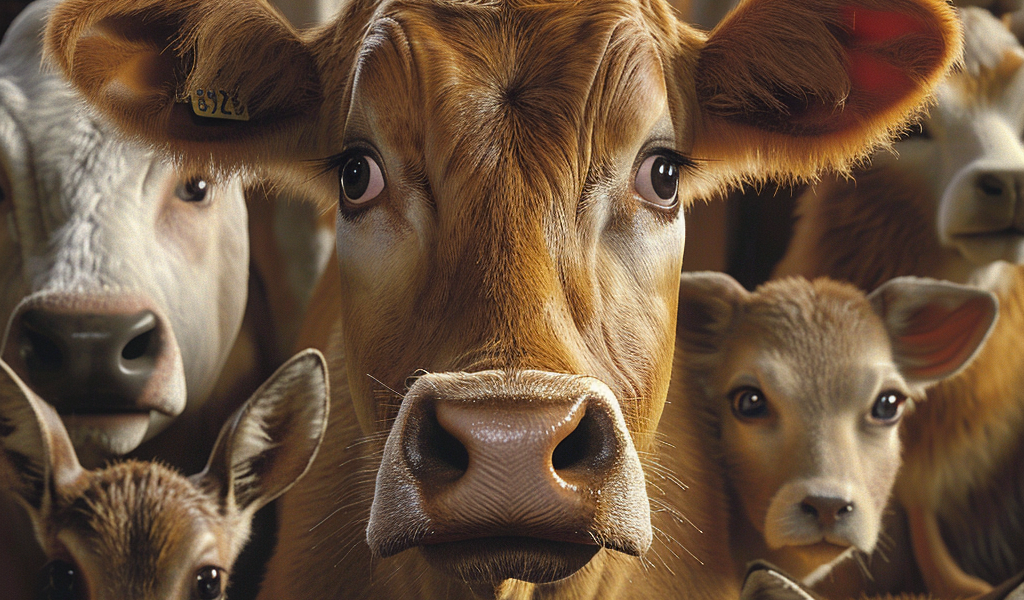Health authorities in the United States have recently confirmed the presence of a highly pathogenic avian influenza (HPAI) known as H5N1 bird flu among dairy cattle in nine states since March 2024. The virus has been detected in the raw milk of infected cows, even in samples sold in grocery stores.
While US health agencies assure that milk products are safe for consumption after pasteurization, as the process effectively kills the virus, they strongly advise against consuming raw milk products due to the potential risks associated with the virus.
H5N1 bird flu, which is primarily adapted to infect birds, has been causing outbreaks in poultry farms globally since 2022, including in the United States and Europe. The recent cases in cows and other mammals like foxes, bears, domesticated minks, cats, and dogs indicate the virus’s ability to adapt and transmit to different species.
According to Andrew Pekosz, an immunologist at Johns Hopkins Bloomberg School of Public Health, the H5N1 virus has been spreading rapidly since 2022, particularly among various animals, providing opportunities for the virus to evolve and potentially transmit between different animal species.
Despite the concerning spread of the virus among animals, the US Centers for Disease Control and Prevention (CDC) stated in a recent update that there is currently no concrete evidence of H5N1 bird flu spreading among humans. The CDC also emphasized that the public health risk remains low at present.
Instances of H5N1 transmission from infected individuals to close contacts are rare, as the virus has not yet adapted to replicate efficiently within human cells. Since its identification in 1997, there have been fewer than 1,000 reported human cases of Asian HPAI H5N1 worldwide, with only two confirmed cases in the ongoing outbreak in the US.
The first case was reported in 2022, while a second individual was diagnosed in April 2024 after exposure to dairy cattle suspected of being infected with the bird flu virus. The current risk of human infection is considered highest among those with occupational exposure to susceptible animals, such as farm workers.





